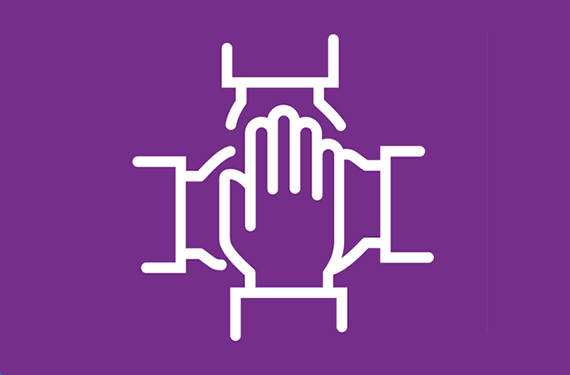
When suicide deaths occur in a town or region, the devastation is felt community-wide. It is a critical time for key support services and stakeholders to unite and activate a fast, effective, cohesive and compassionate response.
NSW Community Collaboratives is the official title given to the NSW Government Towards Zero Suicides initiative that provides this model, aiming to contain the epicentre of risk, then detect and prevent further risk. It’s a three-step process, beginning with the establishment of an interagency group to work alongside mental health agencies Lifeline and headspace. Typical stakeholders would include Primary Health Networks (PHNs), mental health services, police, ambulance and government representatives.
The postvention phase may last up to 12 months before services resume their suicide prevention strategies.
With the impact on community members and media attention in mind, a collective communication protocol is co-designed and shared. A regional action plan is then developed with response, recovery and resilience as the key objectives. Each Collaborative focuses on a specific region or town, as bespoke approaches are known to be more time-efficient and effective. Ideally, there should be a sense of community ‘ownership’.
Benefits include localised awareness campaigns around help-seeking, increased mental health support, and the implementation of mechanisms to improve coping, wellbeing and resilience. Risk detection and monitoring is also intensified, particularly after hours.
Another aspect is working with regional bereavement services to support families and individuals most impacted, while offering grief training and strategies across schools, community clubs and groups. A flexible funding pool is available to support capacity building and staffing in those communities.
Katie Towers, Team Lead and Community Connections Consultant for headspace, says many regions have different parts of the response model already in place, but not all.
“We’re able to come together from an all ages and all stages aspect. So it's not just youth focussed, for example, but a broad spectrum,” she says. “When a community is fatigued, which they can be if they’re impacted by suicide deaths, it’s about having unified support to strategise the best ways to mitigate any risk and exposure in the community.
“We can activate things like geo-targeted ads if there’s been social media interest. And if it’s the web or mainstream media, we will contact Everymind’s Mindframe to keep them front of mind as well.”
Currently, a Collaborative focus group is operating in the NSW Hunter Valley towns of Maitland and Rutherford due to elevated suicide risks for teenagers and young adults in those communities.
“So Maitland started up as a Collaborative at the end of last year, and we’ve got a consultant from headspace and a consultant from Lifeline who’ve assembled a Community Action Group and Community Response Group,” Katie explains. “Now they're in a place, they can come together as a group when notified and they’re all on the same page, which is a great support for the community.”
It’s one of 12 Collaboratives established in NSW, with a mix of metropolitan, regional and rural. One of the locations experienced a number of suicide deaths last year and initiated a Response Action Plan and Communications Protocol to mitigate some of the potential risk with the heightened exposure. There was a noticeable cohesiveness between the groups.
“We’ve got some great organisations and great stakeholders who do amazing things but it’s knowing what’s already happening so we don’t duplicate anything or bombard people,” Katie adds. “There’s a lot of evidence behind why we do what we do, so we can have confidence in what we’re putting out there.”
NSW Community Collaboratives is a NSW Heath Towards Zero Suicides initiative.
